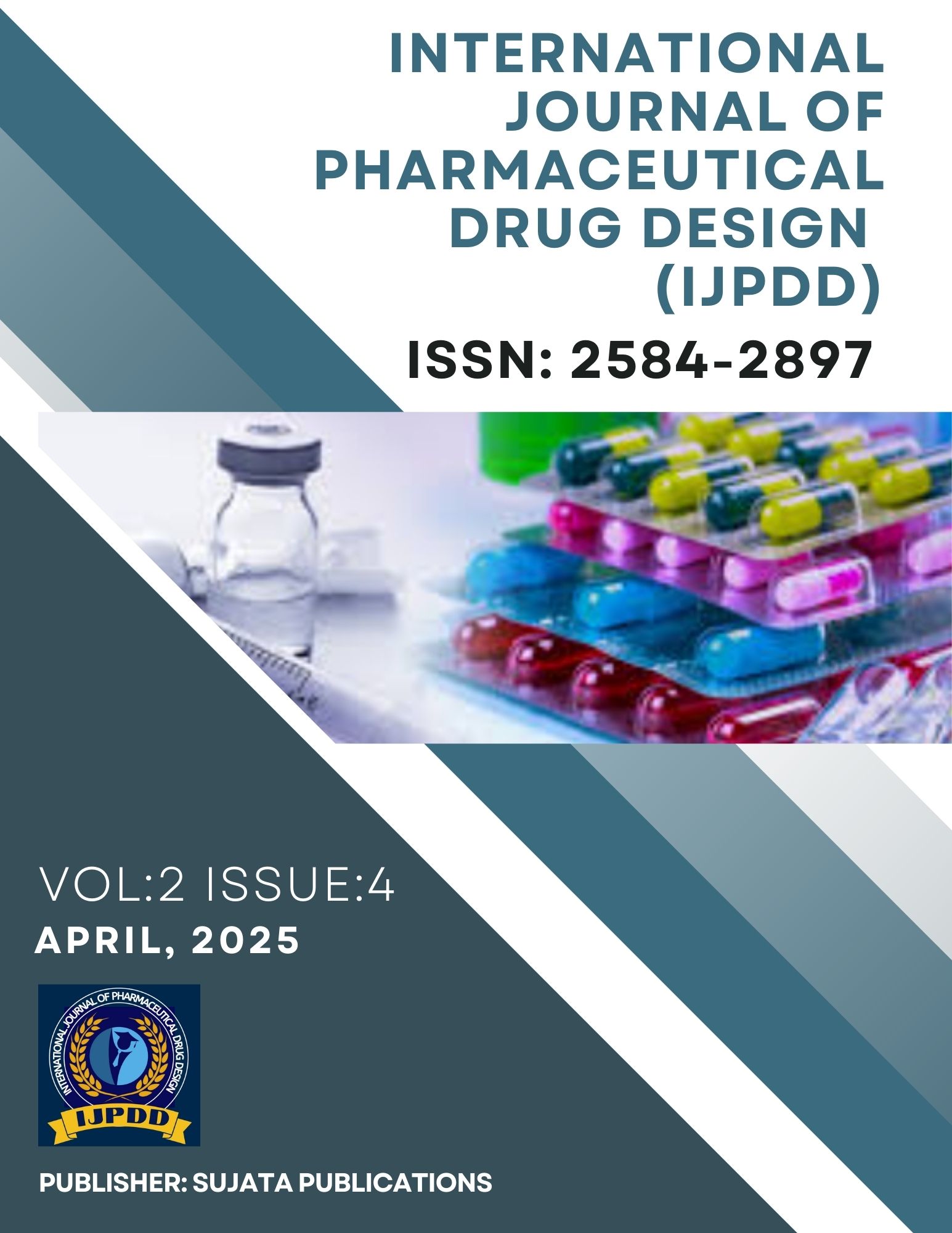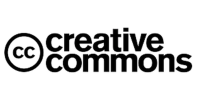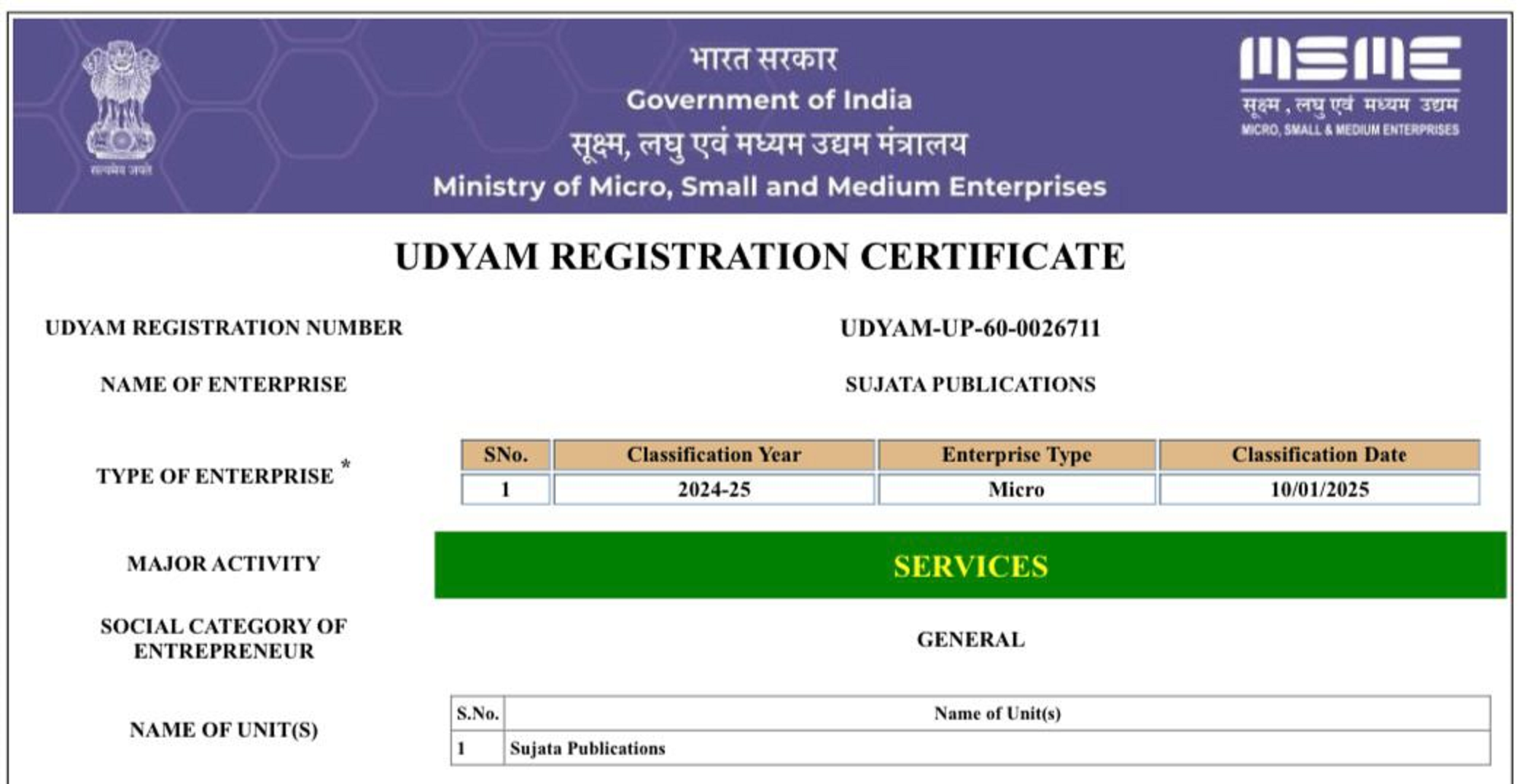Design and Evaluation of Bionanosuspension Loaded Cetirizine for Brain Targetting via Ocular Route
DOI:
https://doi.org/10.62896/Keywords:
Cetirizine, Nanoparticle, Brain, Biopolymer, Bio nanosuspension, Brain targeting, Ocular drug deliveryAbstract
This thesis on the research topic ―Formulation and evaluation of bionanosuspension loaded with cetirizine for brain targeting via ocular route‖ using various biopolymers. All biopolymers (Santalum album, Glycin max, Phaseous vulgaris, Daucus Carota, Coriandrum sativum, Beta vulgaris) was separated by simplified process. The separated biopolymer were subjected for various physic chemical parameter like color, texture, particle size, solubility, chemical tests. Spectral analysis such as Raman, IR, NMR, DSC and UV spectroscopy was also done to check the polymeric nature of biopolymers. Drug- polymer interaction studies are also done to check the polymer safety. The eye can be used as site for drug administration for continuous drug infusion into the brain. For the delivery of drug into brain via eye nano sized Cetirizine loaded Nano suspension was formulated using Drug to polymer ratio was chosen at different levels for Santalum album polymer FS1(1:0.5), FS2(1:1), FS3(1:2), FS4(1:3), FS5(1:4), FS6(1:5), FS7(1:6), FS8(1:7), FS9(1:8), FS10(1:10) and ten level for Glycin max polymer FG1(1:0.5), FG2(1:1), FG3(1:2), FG4(1:3), FG5(1:4), FG6(1:5), FG7(1:6), FG8(1:7), FG9(1:8), FG10(1:10), and ten level for Vigna raidiata polymer FS1(1:0.5), FS2(1:1), FS3(1:2), FS4(1:3), FS5(1:4), FS6(1:5), FS7(1:6), FS8(1:7), FS9(1:8), FS10(1:10) and ten level for Phaseous vulgaris polymer FP1(1:0.5), FP2(1:1), FP3(1:2), FP4(1:3), FP5(1:4), FP6(1:5), FP7(1:6), FP8(1:7), FP9(1:8), FP10(1:10) and ten level for Daucus carota polymer FD1(1:0.5), FD2(1:1), FD3(1:2), FD4(1:3), FD5(1:4), FD6(1:5), FD7(1:6), FD8(1:7), FD9(1:8), FD10(1:10) and ten level for Beta vulgaris polymer FB1(1:0.5), FB2(1:1), FB3(1:2), FB4(1:3), FB5(1:4), FB6(1:5), FB7(1:6), FB8(1:7), FB9(1:8), FB10(1:10) and ten level for Coriandrum sativum polymer FC1(1:0.5), FC2(1:1), FC3(1:2), FC4(1:3), FC5(1:4), FC6(1:5), FC7(1:6), FC8(1:7), FC9(1:8), FC10(1:10) by weight. Nanosuspension os different batch were evaluated for various parameter such as ph, conductivity, drug uniformity, in-vitro drug study of above formulation. Based on in-vitro study a smart conclusion was drawn that all isolated biopolymer can serve as apromising biopolymer for formulation of nanoparticle loaded Cetirizine Nanosuspension for ocular to brain delivery.
Downloads
Published
Issue
Section
License
Copyright (c) 2025 Sujata Publications

This work is licensed under a Creative Commons Attribution-NonCommercial 4.0 International License.
















